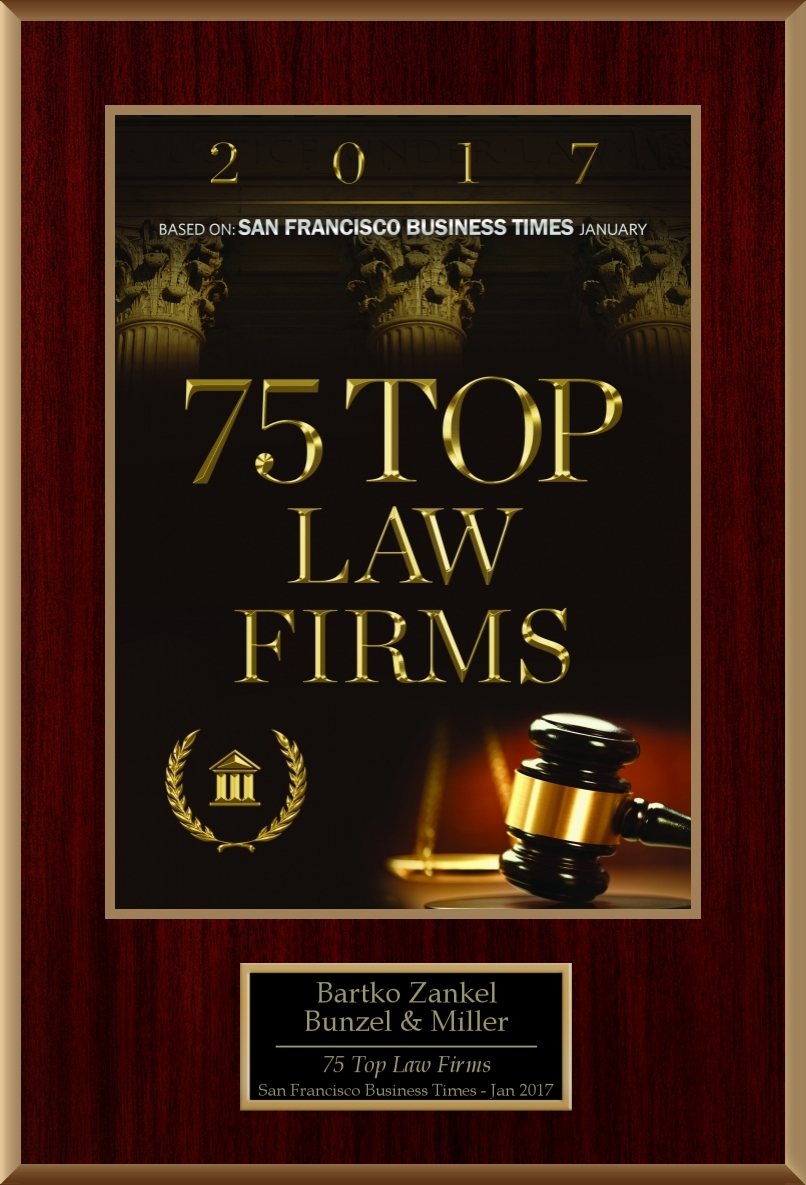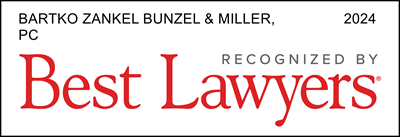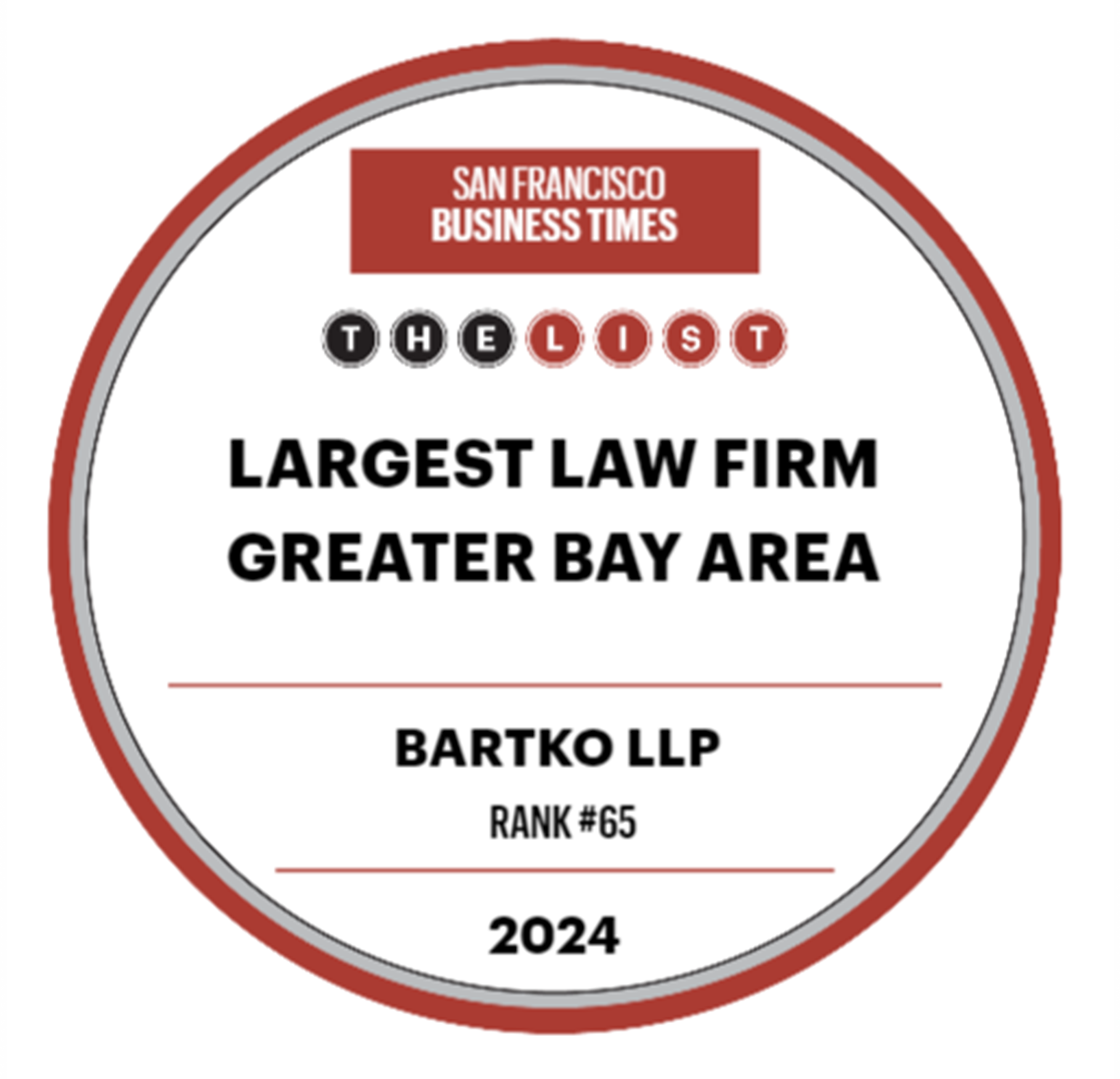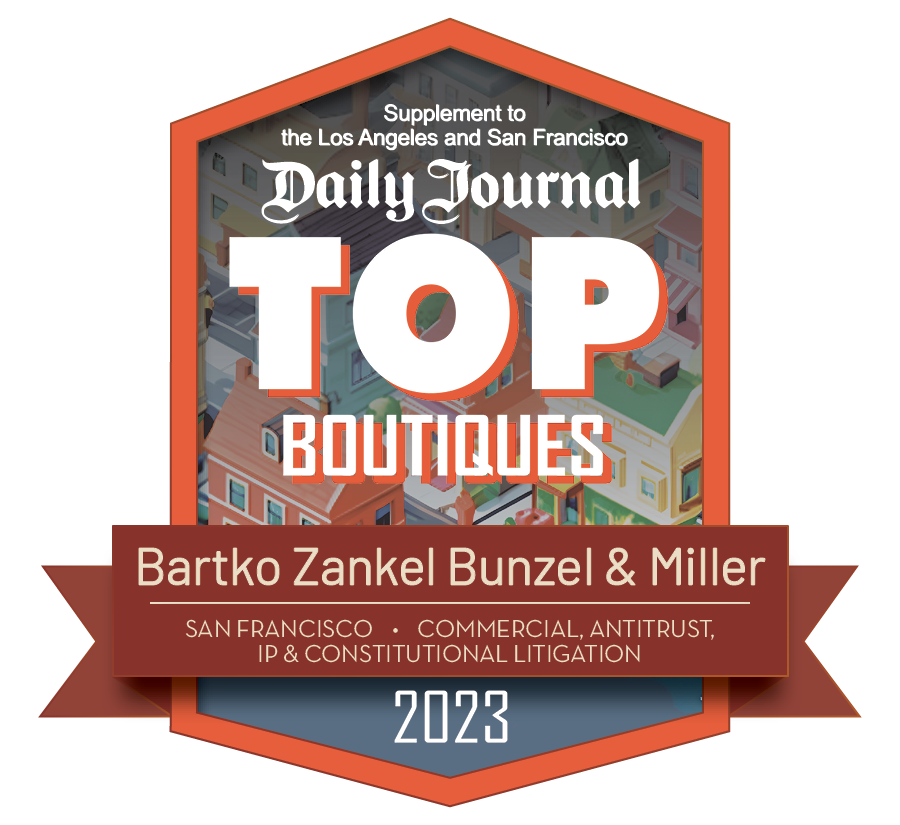Trial Victory for Diabetes Researcher in Intellectual Property Dispute
November 17, 2020: Trial counsel Frank Sommers and Duyen Nguyen, along with the patent expertise support of BartkoZankel patent litigator Paul Schuck, successfully tried a complex intellectual property case for a diabetes researcher in the Eastern District of California. After a 19-day bench trial, the court ruled in favor of clients Dr. Thomas T. Aoki and the Aoki Diabetes Research Institute (ADRI) on claims of patent infringement, copyright infringement, unfair competition and false advertising under the Lanham Act and breach of fiduciary duty and duty of confidentiality. The court awarded combined damages of over $8,000,000, attorneys’ fees and an injunction. Read the Law 360 pdf report in its entirety. Frank Sommers has also served as of counsel to Bartko.
Dr. Aoki, an emeritus professor at UC Davis Medical School, developed a novel pulsatile insulin method for treating diabetes known as Metabolic Activation Therapy (“MAT©”). Dr. Aoki created the non-profit ADRI to pursue his research and obtained a number of patents on the treatment. Gregory Gilbert, a former partner of Aoki, and Gilbert’s companies Trina Health LLC and Bionica, Inc. marketed the diabetes treatment under a different name without authorization. Dr. Aoki sued for infringement of six patents. The court found the asserted patents to be valid and infringed by defendants. In addition, the court ruled that defendants infringed the copyright on Dr. Aoki’s MAT© treatment presentation materials and violated the Lanham Act by making misleading statements regarding the pulsed insulin treatment. The court also held that Mr. Gilbert violated his fiduciary duty and duty of confidentiality to Dr. Aoki and ADRI. Finally, the court found defendants’ patent and copyright infringement to be exceptional and willful, meriting enhanced damages and attorneys’ fees. The full ruling in Aoki v. Gilbert, et al., E.D. Cal. Case No. 11-2797, is set forth in the court’s November 17, 2020 Findings of Fact and Conclusions of Law.








